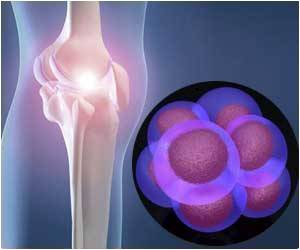Researchers at Centre of Excellence for Integrative Legume Research (CILR) have screened legumes, the plants which obtain useable nitrogen from soil bacteria in their roots
Researchers at Centre of Excellence for Integrative Legume Research (CILR) have screened legumes, the plants which obtain useable nitrogen from soil bacteria in their roots, for biological activity and they identified a number of compounds, which could potentially prevent the formation of a blood supply to tumours. Without an adequate blood supply tumours stop growing and ultimately can regress.
The CILR has lodged a complete patent application for compounds to treat cancer.The research has attracted major international interest for intensive collaboration and joint development.
The discovery has resulted in a formal research collaboration which is currently underway with French "CSIRO-equivalent" Centre National de la Recherche Scientifique. Co-investment discussions are also in progress with a New Zealand company.
The CILR formed a commercialisation business "Meristomics" last October to commercialise plant research discoveries. CILR's partner universities (the University of Queensland, Australian National University, University of Newcastle and University of Melbourne) passed on their commercialisation rights to Uniquest Pty Ltd, the University of Queensland's main commercialisation company.
Meristomics Chief Executive Officer Ian Harris said successful completion of this patent demonstrated that Meristomics was an effective model for commercialisation involving multiple partner universities.
"Through UniQuest, Meristomics had immediate access to substantial commercial expertise and is looking to build on its patent success by attracting further funding to progress the research," Mr Harris said.
Advertisement
CILR Chief Investigator Professor Chris Parish's group, based at ANU's John Curtin School of Medical Research, developed the bioassay used to identify the compounds as potential therapeutic agents.
Advertisement
"They are promising therapeutic molecules which clearly warrant further investigation," Professor Parish said.
CILR Director Professor Peter Gresshoff said the current research success highlighted the importance of a critical mass of multidisciplinary biological scientists working together.
"The CILR was formed in 2003 through the Australian Research Council (ARC) Centres of Excellence scheme to create the scale and focus required to build on existing research strengths through collaboration, and to be internationally competitive.
"ARC core funding and major support through Queensland Government Smart State research funding has been vital in building capacity. It has enabled this marvellous research outcome," Professor Gresshoff said.
--EurekAlert






